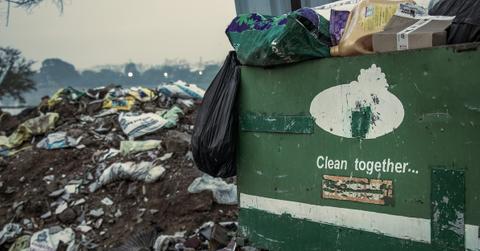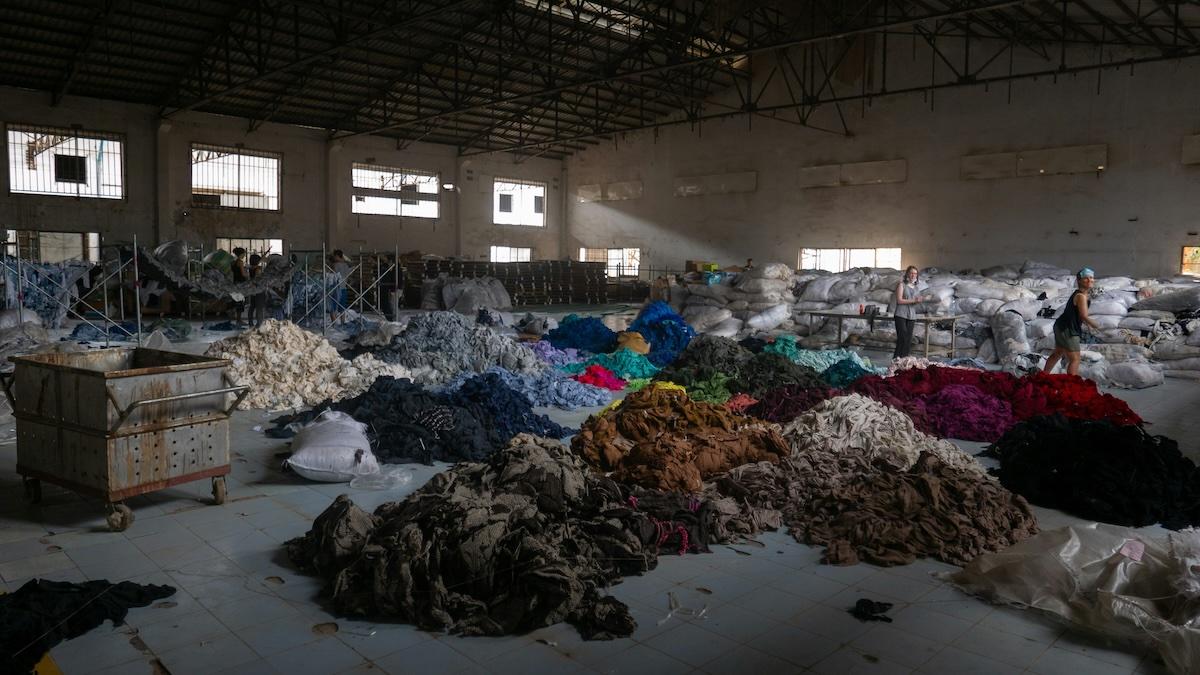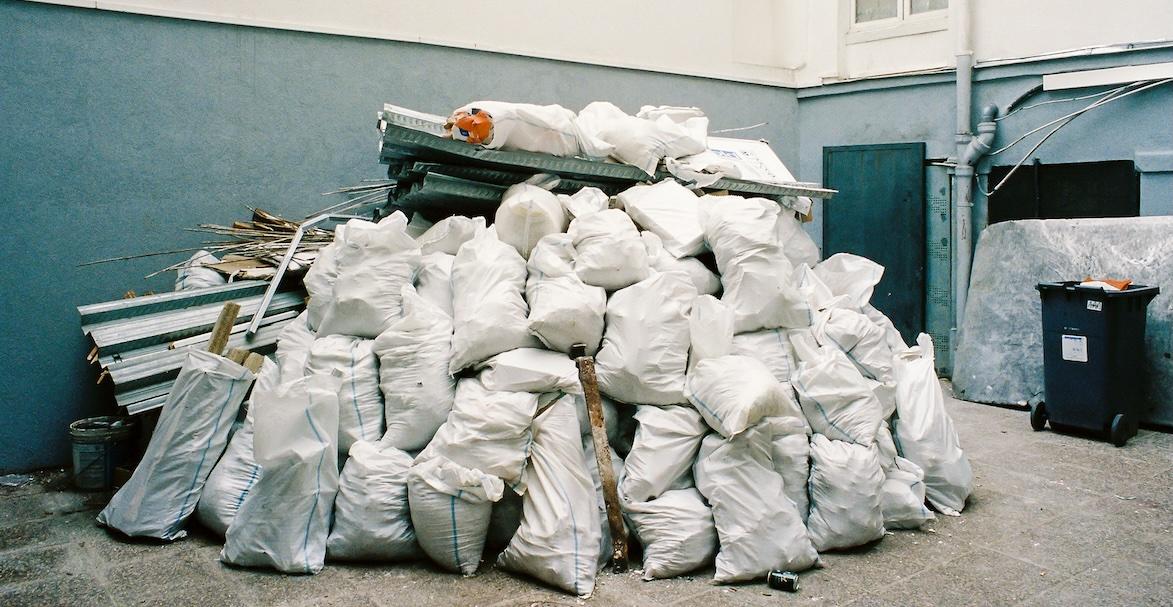How Corporate Waste Became the Next Big Profit Opportunity
It’s a chance to create value in ways that weren’t possible a generation ago.
Published Aug. 25 2025, 4:19 p.m. ET

For decades, companies treated waste as an expensive headache — the inevitable mess left behind after making or selling something. The goal was always to get rid of it quickly and quietly, usually at a cost. But that mindset is shifting. Across manufacturing floors, warehouses, offices, and distribution hubs, there’s a growing awareness that waste isn’t just something to manage. It can be an untapped resource, and when handled right, it can actually make money.
This isn’t just about meeting regulations or looking good in a sustainability report. Rising disposal costs, tightening supply chains, and customer demand for more responsible practices are pushing businesses to look at their own leftovers with fresh eyes. That pile of fabric scraps, those barrels of food byproduct, even the odd packaging offcuts — they’re all potential revenue streams if someone’s willing to rethink how they’re used.
Finding The Hidden Profit In What’s Left Over
The first shift is mental. Instead of treating waste as the final stage of a process, companies are starting to see it as the first step of something else. Once that perspective changes, the opportunities multiply. Some organizations create new products directly from their leftovers. Others sell their excess materials to industries that can use them. The trick is knowing what you have, how it might be valuable, and who’s willing to buy it.

That’s where expertise comes in. Navigating the numbers behind waste repurposing — from tracking costs to projecting potential income — isn’t something every business is equipped to do internally. Many are turning to outsourced accounting companies to analyze the financial side of waste programs, uncover profit margins, and build long-term strategies. These firms can look past the day-to-day operations and see the bigger picture, often finding opportunities leadership didn’t realize existed. In some cases, their recommendations have turned disposal expenses into six-figure revenue lines.
When Waste Builds A Better Brand
Reframing waste isn’t just about money. It’s also about image — and credibility. Customers want to know that businesses are serious about doing better for the environment, but vague statements don’t carry much weight anymore. Turning discarded material into something useful and tangible shows, rather than tells, a company’s commitment.
It also sparks creativity. Breweries are transforming spent grain into baked goods. Clothing makers are stitching offcuts into limited-edition accessories. Furniture companies are selling wood remnants to hobbyists and artisans. Each example becomes part of a brand’s story, creating a kind of proof that’s easy to understand and hard to fake. And it aligns naturally with sustainability in business, offering a narrative that customers and partners can get behind without the corporate spin.
Partnerships That Push Innovation
Few companies can handle the entire repurposing process alone. That’s why partnerships — with suppliers, customers, recyclers, and even competitors — are becoming more common. By connecting waste creators with waste users, these collaborations make it possible to keep materials in circulation longer and in more inventive ways.
Some alliances are formal, with long-term contracts to supply a steady stream of byproducts. Others are more experimental, involving short-term trials to see if a particular waste stream can be used in a new market. What matters is that they’re bridging gaps between industries that once had nothing to do with each other. The end result is often a product that wouldn’t exist without two companies rethinking how they work together.
Keeping The Books As Clean As The Process
Turning waste into revenue isn’t just a creative challenge, it’s a financial one. Every new revenue stream brings tax considerations, inventory tracking changes, and cash flow shifts that can’t be left to guesswork. If those numbers aren’t handled with precision, even the most inventive waste-repurposing program can stall before it pays off.

That’s where strong financial oversight matters. Businesses with lean in-house teams are increasingly turning to outsourced accounting partners who can bring CFO-level strategy without the cost of building a full department. For example, TGG-Accounting.com is a great resource for this, offering a dedicated team structure that includes a CFO, controller, accounting manager, and staff accountant. Their approach is built on delivering GAAP-compliant reporting, real-time insights, and strategic planning that helps companies see exactly where their waste-revenue initiatives are paying off — and where adjustments could increase profitability.
By keeping financial systems as intentional as the sustainability efforts themselves, companies set themselves up for growth instead of just a short-lived win.
Looking Ahead
Waste is no longer just a cost of doing business — it’s a chance to create value in ways that weren’t possible a generation ago. Companies that approach it with curiosity, strong partnerships, and the right financial insight are proving that profitability and responsibility can move in the same direction. The question isn’t whether waste can be turned into opportunity. It’s how quickly the businesses willing to try will leave the old model behind.